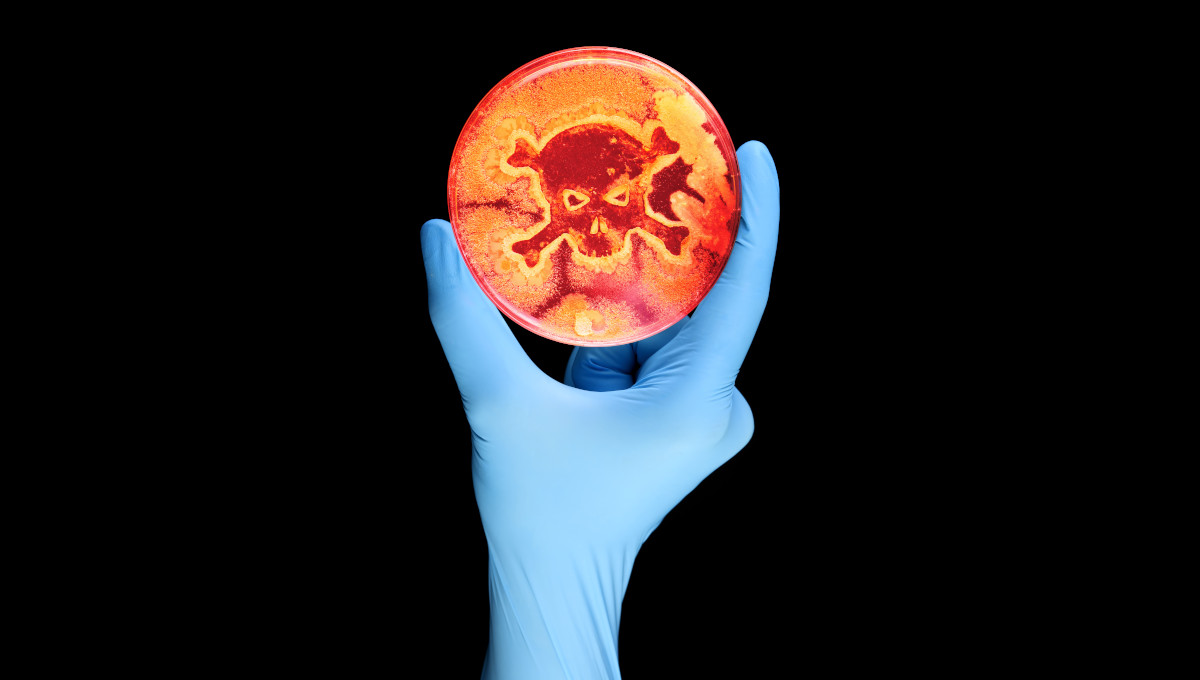There was a rise in Shiga toxin-producing E. coli infections in the Netherlands this past year, according to an annual report.
The State of Zoonoses 2018 report published by the National Institute for Public Health and the Environment (RIVM) and Netherlands Food and Consumer Product Safety Authority (NVWA) also found a rise in Campylobacter infections, while Listeria and Salmonella declined.
After dropping in recent years, the number of people with a Shiga toxin-producing E. coli (STEC) infection in 2018 was 487, up from 393 in 2017.
Common types and HUS
The 59 STEC O157 infections is comparable to 64 in 2016 and 58 in 2017. A total of 86 patients had a confirmed non-O157 infection, compared to 131 in 2016 and 114 in 2017. Apart from O157, STEC O26 was the most commonly found, followed by STEC O103 and STEC O8.
Slightly more women than men were diagnosed with STEC infection. 40 percent of STEC O157 patients were admitted to hospital compared to 24 percent of non-O157 patients but no deaths were recorded.
Hemolytic uremic syndrome (HUS) was reported for 21 patients, of which seven were children aged one to five years old, four teenagers and ten adults aged 20 to 77 years while 62 percent were women. The O-typing was known for eleven HUS patients: five were O157 and six were O26.
NVWA analysis revealed a STEC isolate in 32 of 247 samples of retail fresh meat from small ruminants. For retail minced meat and meat preparations and veal high percentages of positives were detected. A total of 107 isolates were found in food, with 44 different O groups. O146: H21 was most common, followed by O38: H26 and O91: H14.
Last year, 30 food-related outbreaks were reported. This is comparable to 27 to 32 in 2014 to 2017. In 2018, 318 patients were involved in these outbreaks. Due to technical problems at NVWA, outbreaks reported to the agency were not available for the report so will be published in the 2019 edition.
Campylobacter up slightly
In 2017, the lowest number of laboratory-confirmed cases of campylobacteriosis was found since data was recorded in 1993. In 2018, the number increased slightly. It is estimated last year there were 5,945 infections nationwide compared to 5,557 in 2017 based on 3,091 reports in the lab surveillance with a coverage rate of 52 percent.
Cases of acute gastroenteritis due to Campylobacter infections in the Dutch population in 2018 was estimated at 71,246 compared to 67,260 in 2017 and 78,970 in 2016. It is predicted these cases resulted in 3,201 Disability Adjusted Life Years (DALYs) and a Cost of Illness (COI) of €64 million ($71 million).
The DALY and COI of Campylobacter and number of acute gastroenteritis cases are about three times as high as that of Salmonella while the proportion of hospital admissions is comparable. For Campylobacter, it is thought about a third of infections come directly from food compared to almost 80 percent for Salmonella.
Low Salmonella rate
The estimated surveillance coverage is 64 percent of the Dutch population for lab-confirmed salmonellosis. For 2018, cases of acute gastroenteritis caused by Salmonella was estimated at 26,545. This corresponds to 1,132 DALYs and a COI of €21 million ($23 million) and makes the Netherlands have one of the lowest incidents in Europe.
In 2018, the number of submitted Salmonella isolates from patients was lower than in 2017 at 952 isolates. For the country as a whole, this means an estimated 1,488 lab-confirmed cases. Salmonella from pigs is probably the main source with table eggs in second place.
Salmonella serotypes Enteritidis and Typhimurium (including monophasic), make up about 60 to 80 percent of all submitted isolates in humans. Salmonella Enteritidis infections are often contracted abroad while cases of Salmonella Typhimurium are usually not travel-related. The third most common serovar is 1,4,[5],12:i:-.
Drop in Listeria levels
A total of 78 listeriosis patients were reported in 2018. This is one of the lowest incidence rates since introduction of the reporting obligation at the end of 2008, while 2017 saw the highest incidence rate. Most patients last year were infected with Listeria monocytogenes serotype 4b, 1/2a or 1/2b.
Seven patients were pregnant in 2018 at the time of Listeria infection. One woman had a miscarriage, one child was born dead and another died shortly after birth. Four adults aged 67 to 79 died.
Eight clusters of human isolates were found, of which six also contained one or more food isolates. All clusters from 2018 also contained isolates from patients from previous years.
In 2018, NVWA investigated around 4,000 batches of foodstuffs for Listeria monocytogenes. From this, 184 isolates were obtained from fish, fresh poultry meat, beef and meat products to be consumed raw.
Five patients, three women aged 24, 62 and 88 years old and two men aged 29 and 56 years old, with brucellosis were reported. All were admitted to hospital and contracted the infection abroad. Two cases were recorded in 2017 and four in 2016.
In three cases it was infection with Brucella melitensis, one infection with Brucella abortion, and species was unknown for the other case. One patient was infected through consumption of raw dairy products in Turkey. Another may have contracted infection through raw camel milk in Saudi Arabia. Source of infection was unclear in the other three patients who were infected in Belize, Zambia and Iraq.
(To sign up for a free subscription to Food Safety News, click here.)

